Fortinet Acquires Next DLP Strengthens its Top-Tier Unified SASE Solution
Read the release
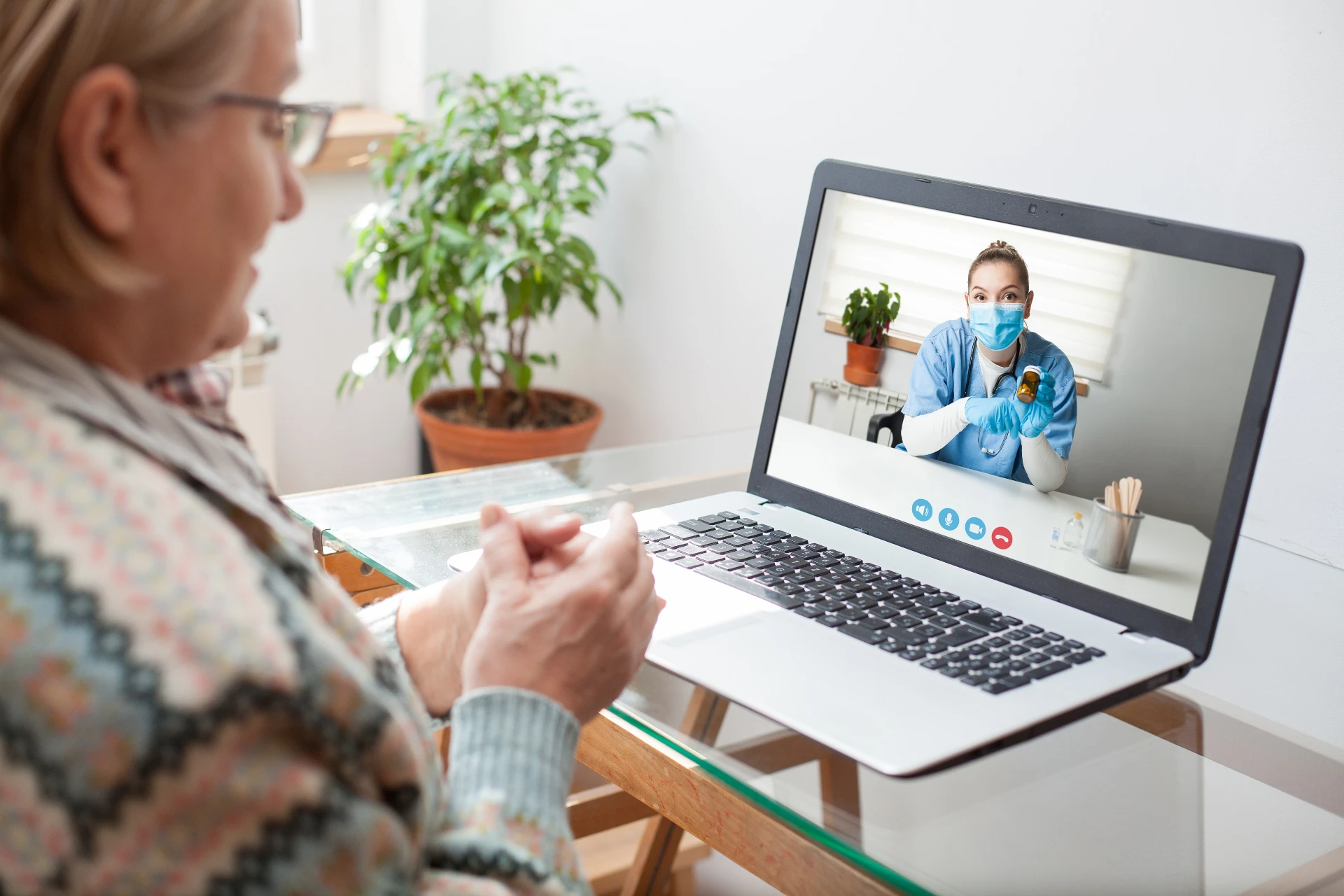
Video conferencing is becoming increasingly popular in all industries, especially healthcare. Patient follow-ups, psychiatric care, and education can easily happen from anywhere, allowing patients to improve their quality of life without stepping foot in a doctor’s office.
However, as a physician or clinic, it’s your responsibility to safeguard patients from data breaches, and the penalties for HIPAA violations can be significant. You can’t use just any video chat software, even if it’s the most convenient option. Providers must use HIPAA-compliant video conferencing platforms to balance patient safety and convenience of care.
In this guide, we’ll share ten of the most popular HIPAA-compliant video conferencing platforms of 2024 to help you stay compliant while serving more patients.
In this article:
 |
Your organization is ultimately responsible for HIPAA compliance, regardless of the technology you're utilizing. That makes it imperative to carefully evaluate video conferencing platforms and other tools to ensure they offer the features and capabilities your organization needs to stay compliant.
Here are some of the most important features to look for when selecting HIPAA-compliant video conferencing platforms:
Business Associate Agreements (BAAs)
The Department of Health and Human Services (HHS) defines a business associate as "a person or entity, other than a member of the workforce of a covered entity, who performs functions or activities on behalf of, or provides certain services to, a covered entity that involve access by the business associate to protected health information."
Any software vendor that will create, receive, maintain, or transmit sensitive healthcare data on behalf of your organization must be willing to enter a Business Associate Agreement. A HIPAA compliance requirement, BAAs clearly outline:
Integration with EHR systems helps to streamline information sharing and workflows for healthcare providers, but it can also aid in HIPAA compliance by allowing for secure PHI transmission. When systems are securely integrated, it reduces the risk of employees inadvertently transmitting data in non-secure ways or by using unsanctioned tools.
Encrypting all data shared during a video conference as it's transmitted from the sender's device to the recipient's device makes the data uninterpretable for anyone other than the intended recipient. This prevents unauthorized entities from accessing sensitive data shared during video communications.
Additionally, end-to-end encryption ensures that data stored on the platform's servers is encrypted, rendering it useless to unauthorized users.
Robust access control and authentication measures ensure that only authorized users can gain access to sensitive information. These measures can include:
There are many video conferencing platforms on the market, but not all are HIPAA compliant. Ensuring that your chosen video conferencing solution meets HIPAA compliance standards is crucial to protect patient data. We've rounded up 10 of the best HIPAA-compliant video conferencing platforms below.
Note that the HIPAA-compliant video conferencing platforms below are listed in alphabetical order; otherwise, they are not ranked or rated in any way.
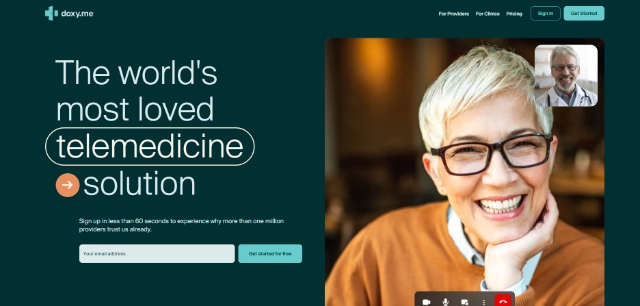 |
Doxy.me is an accessible telemedicine platform you can use without downloading software or an app. In addition to video conferencing, the platform offers workflow optimization and patient portals. Doxy.me uses enterprise-grade security and complies with HIPAA, GDPR, and other necessary regulations.
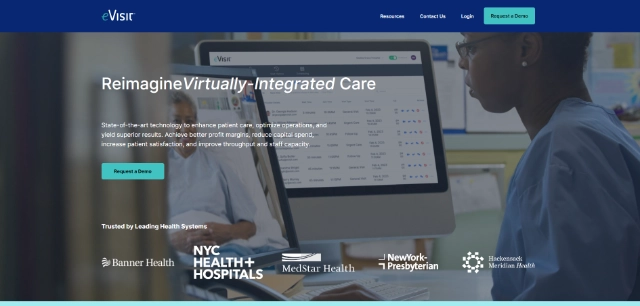 |
Several large hospital systems rely on eVisit for non-EHR virtual care. In eVisit, you can build a modular dashboard based on your most pressing needs. It’s hardware agnostic, so both providers and patients are free to use the device of their choosing.
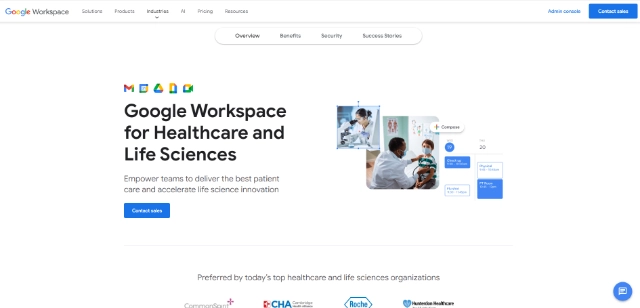 |
Organizations like NIHR use Google Meet to collaborate internally and with patients. This compliant video conferencing platform works via a browser in the cloud, so there’s no need to download software or an app. Google Meet takes a Zero Trust approach with built-in encryption, verification, and controls to secure your data.
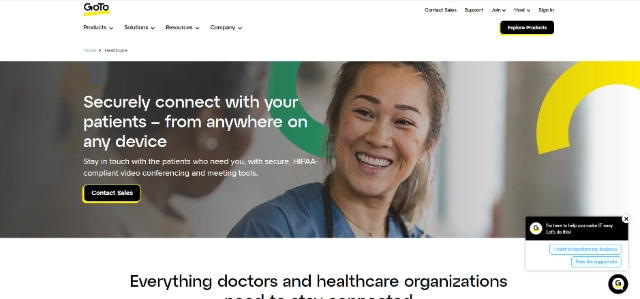 |
Manage internal meetings and external patient communications within the HIPAA-compliant GoTo platform. It includes security features like video encryption, one-time passwords, recording disabling, and in-session chat. GoTo will even sign a Business Associate Agreement (BAA) to help with HIPAA compliance.
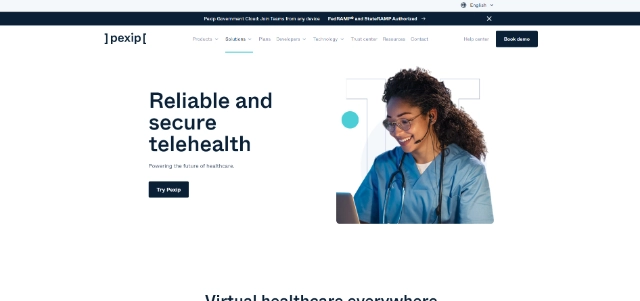 |
Pexip Health’s compliant video conferencing platform allows third-party integrations that streamline your workflows while improving the quality of patient care. It also gives providers absolute control over the storage of recordings, patient data, and files to boost HIPAA compliance.
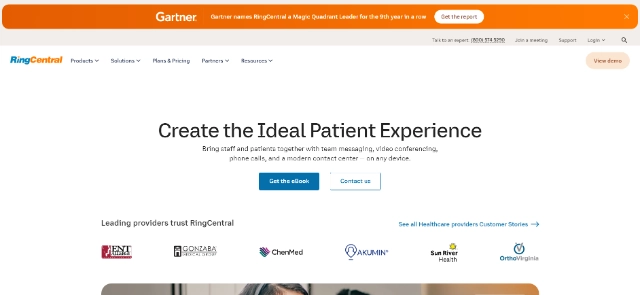 |
RingCentral is an integrated communications platform that gives providers a secure way to video conference, text, and call patients. Instead of giving out your personal phone number, you can use RingCentral to communicate with patients via a business number in the RingCentral app. It even integrates with patient portals to support live, in-portal patient chats.
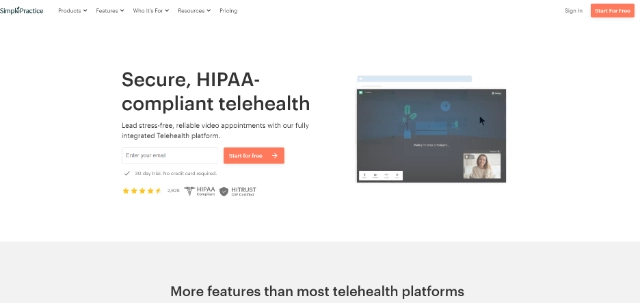 |
Simple Practice is a simplified telehealth platform with compliant, feature-rich video messaging. Send patients games, meditation practices, and more in real time to add more value to your conversations. It even includes a virtual whiteboard where healthcare providers and patients can draw or type together to improve engagement and understanding.
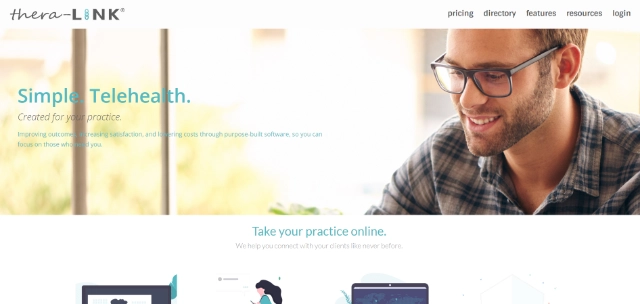 |
Thera-Link offers simplified video conferencing software for connecting with patients. Its features include scheduling, payment processing, session notes, secure messaging, secure file sharing, and custom waiting rooms. Thera-Link also provides access to its API for medical practices that want to create custom workflows.
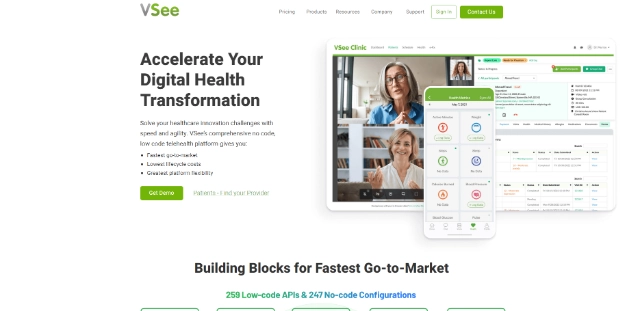 |
VSee is a no-code telehealth platform that integrates forms, communication, analytics, remote monitoring, and more. Its VSee Messenger app allows users to share documents, chat, and stream medical device data with patients. Providers can even share and mark up scans, labs, and other records in real time.
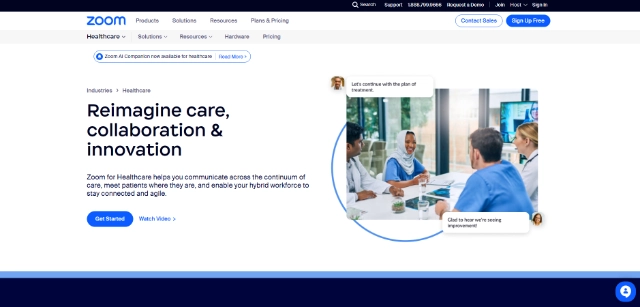 |
Zoom for Healthcare is a popular solution for video conferencing. This compliant version of Zoom allows you to connect with patients, collaborate with coworkers, and even host virtual events for hundreds of attendees. Zoom for Healthcare also provides access to APIs if you have a development team and want to create more customized workflow solutions.
There’s no replacement for in-person patient care, but video conferencing platforms can be an important bridge for improving patient outcomes. However, not just any video conferencing platform will do. Your organization is required to protect patient privacy, so opt for HIPAA-compliant platforms to stay secure.
But security doesn’t end there. Healthcare organizations are constantly under attack, and proactively protecting your patient data has never been more important. The Reveal Platform by Next helps healthcare organizations maintain HIPAA compliance through ongoing monitoring and risk management. See Reveal in action: Book a demo now.
What makes a video conferencing platform HIPAA-compliant?
To be HIPAA-compliant, a telehealth platform must include:
This isn’t an exhaustive list of all requirements, though. It’s ultimately up to your practice to stay compliant by following all HIPAA requirements.
Can HIPAA-compliant platforms integrate with electronic health records (EHR) systems?
Many HIPAA-compliant video conferencing platforms also integrate with EHR systems. This feature enables healthcare providers to maintain streamlined patient records and ensures that video consultations are recorded and stored in compliance with healthcare regulations.
How do these platforms ensure the confidentiality and security of patient data during video consultations?
These platforms implement various security measures, including:
They also often include features like password-protected meetings, user authentication processes, and the ability to disable recordings.

Blog

Blog

Blog

Blog

Resources

Resources

Resources

Resources
